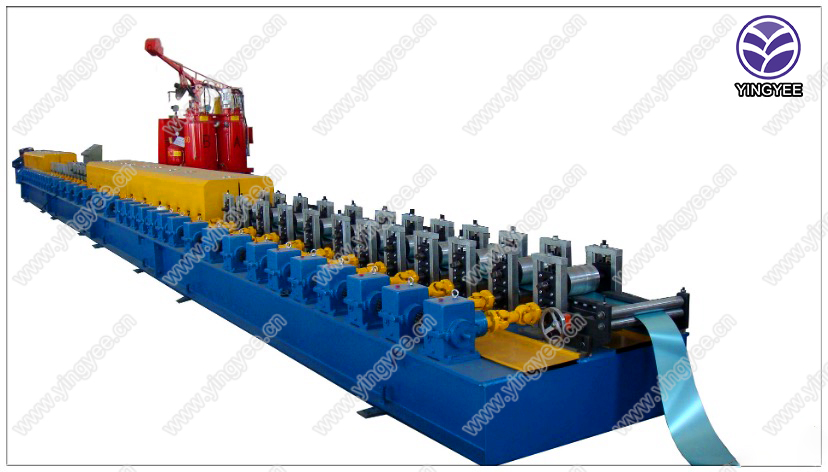
Straightening and Cutting Machine for Steel Coil Elevating Efficiency in Metal Processing
In the realm of metal processing, the demand for precision and efficiency is paramount. Steel coils, which are extensively used in various industries, require careful processing to enhance their usability. One of the critical pieces of equipment in this domain is the straightening and cutting machine for steel coils. This machine plays a vital role in ensuring that steel coils are straightened, cut to the required lengths, and prepared for further manufacturing processes.
Understanding the Machine
A straightening and cutting machine for steel coil is designed to perform two essential functions straightening the curved or coiled metal and cutting it into precise lengths. The operation typically begins with a coil of steel, which may have been produced or transported in a coiled state. This coil often exhibits imperfections such as warps, bends, or twists caused during manufacturing or handling. The primary function of the straightening machine is to correct these imperfections, ensuring that the steel is flat and uniform before it is cut.
The Straightening Process
The straightening mechanism usually involves a series of rollers that apply controlled pressure to the steel coil. As the coil passes through these rollers, the combination of pressure and alignment gradually restores it to a flat form. The process must be finely tuned to prevent damage to the steel, as excessive force can lead to further deformation or microcracking. Advanced machines often incorporate sensors and automation to adjust the pressure dynamically, ensuring optimal straightening for different steel grades and coil thicknesses.
Cutting to Specifications

Once the steel has been straightened, the cutting process can begin. A precision cutting unit is employed to slice the steel into lengths that meet specific customer requirements. The cutting can be either shearing or using a saw mechanism, depending on the thickness and type of steel being processed. Precise measurements and automation allow for minimal waste and maximum efficiency during this phase. Modern machines come equipped with programmable logic controllers (PLCs) that facilitate quick changes to cutting lengths, making it easy to adapt to varying production demands.
Benefits of Straightening and Cutting Machines
The integration of straightening and cutting machines in metal processing lines offers numerous advantages. Firstly, these machines contribute to improved product quality. Straightened, accurately cut steel coils ensure that manufacturers receive material that meets stringent quality standards, thereby minimizing defects in subsequent production processes.
Secondly, efficiency is significantly enhanced. By automating the straightening and cutting processes, manufacturers can increase throughput while reducing labor costs associated with manual handling. The speed of modern machines allows for larger quantities of steel to be processed in a shorter amount of time, creating a more streamlined operation.
Additionally, the use of these machines contributes to material conservation. By minimizing errors in straightening and cutting, the amount of scrap generated is reduced. This not only lowers costs but also has positive implications for environmental sustainability.
Conclusion
The straightening and cutting machine for steel coils is an indispensable asset in the metalworking industry. By ensuring that steel materials are straightened and cut to precise specifications, these machines enhance product quality, efficiency, and sustainability in manufacturing processes. As technology advances, we can expect further improvements in the capabilities of these machines, including more robust automation and enhanced data analytics, promising even greater benefits for manufacturers in the steel industry. Investing in advanced straightening and cutting machinery will be critical for companies seeking to remain competitive in a rapidly evolving market.